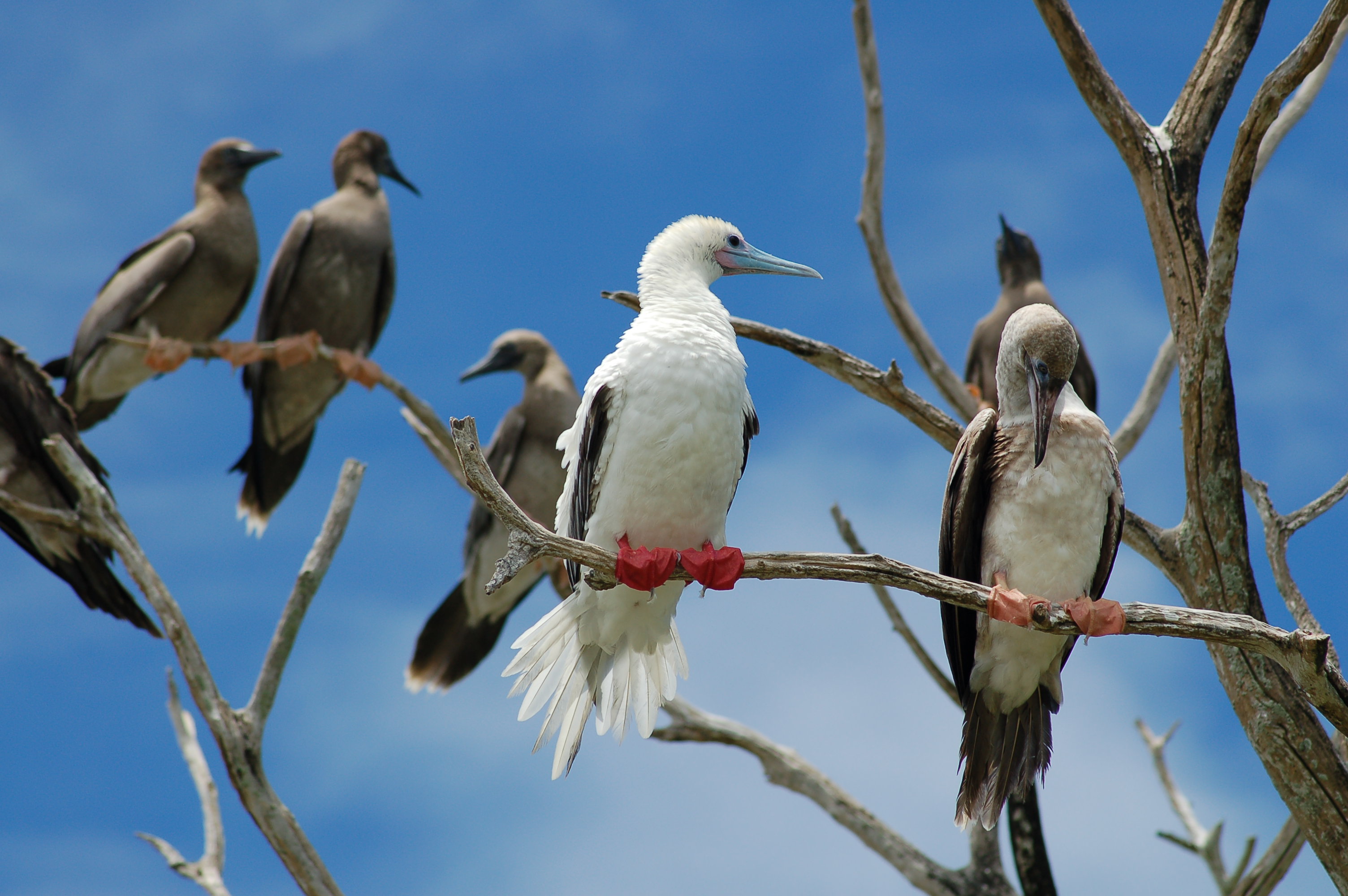Expert Reaction
These comments have been collated by the Science Media Centre to provide a variety of expert perspectives on this issue. Feel free to use these quotes in your stories. Views expressed are the personal opinions of the experts named. They do not represent the views of the SMC or any other organisation unless specifically stated.
Dr Sebastian Steibl, Honorary Academic in Biological Sciences, University of Auckland
Atolls are remarkable structures of the tropical oceans that combine islands, coral reefs, and lagoon in one connected ecosystem. Because the islands of atolls are low in elevation and usually not larger than a few dozen hectares, they were long considered less relevant for global conservation efforts than large volcanic islands. Our study now reveals that atolls are home to a remarkable number of tropical seabirds. We calculated that over 31 million seabirds – about 25% of the world’s tropical seabirds – are nesting on atolls. At least 14 seabird species have more than half of their global populations nesting on atolls. Because of the unique nature of atolls, these seabirds are also critical for the natural functioning of the atoll ecosystems themselves: we show that these large numbers of atoll-nesting seabirds move enormous amounts of nutrients from their open ocean fishing grounds into the atolls. From previous studies, we know that this seabird-driven nutrient delivery system to atolls can benefit the atolls’ coral reefs. Protecting atolls is therefore not only important for seabird conservation - in turn, seabirds on atolls are also supporting the functioning of the atolls themselves, which might be key to building resilience against climate change.



 New Zealand; Pacific; International
New Zealand; Pacific; International


